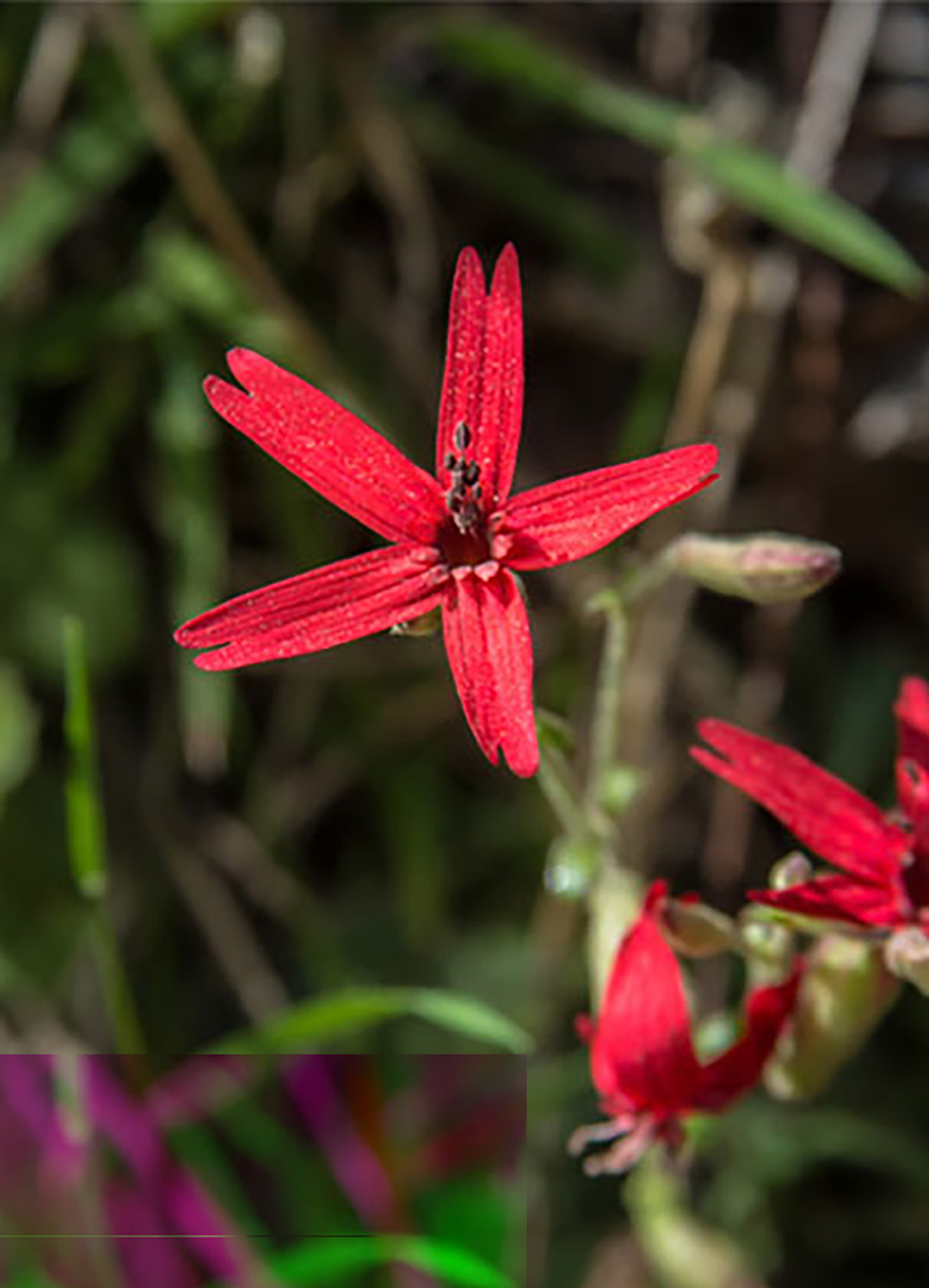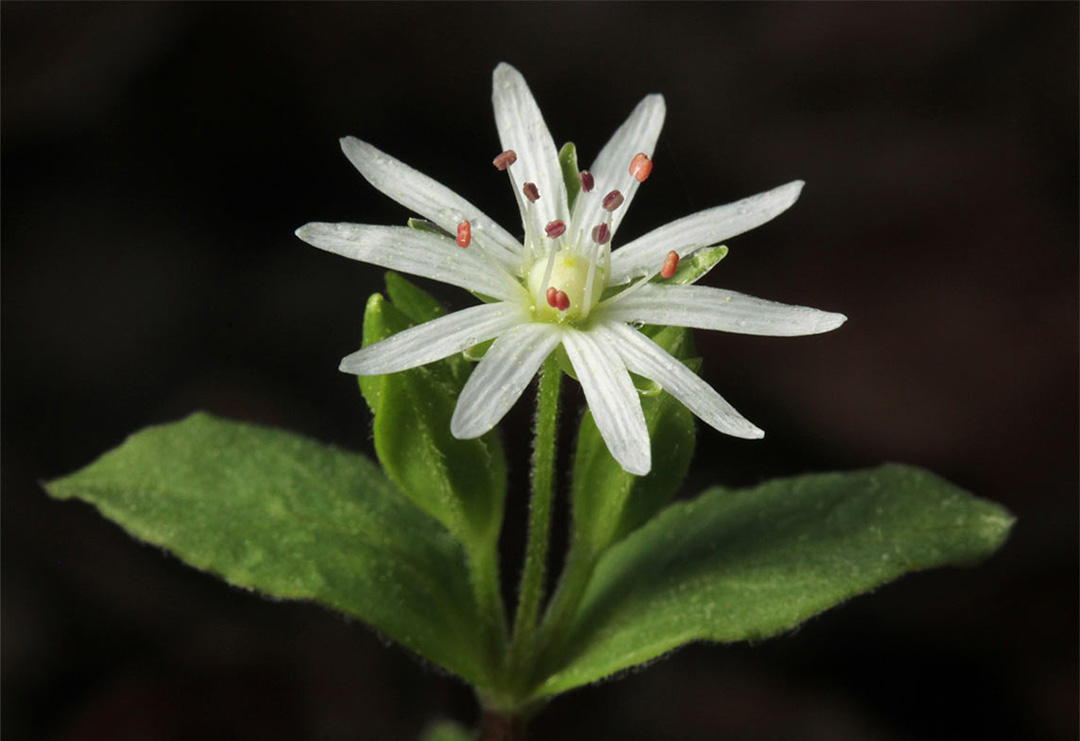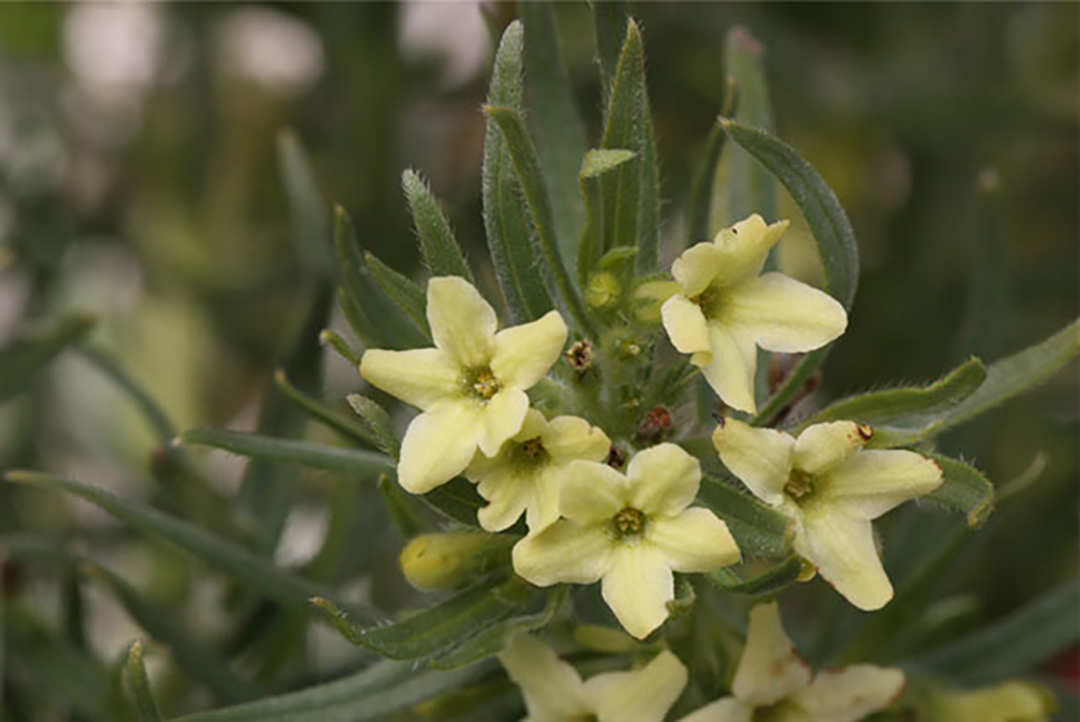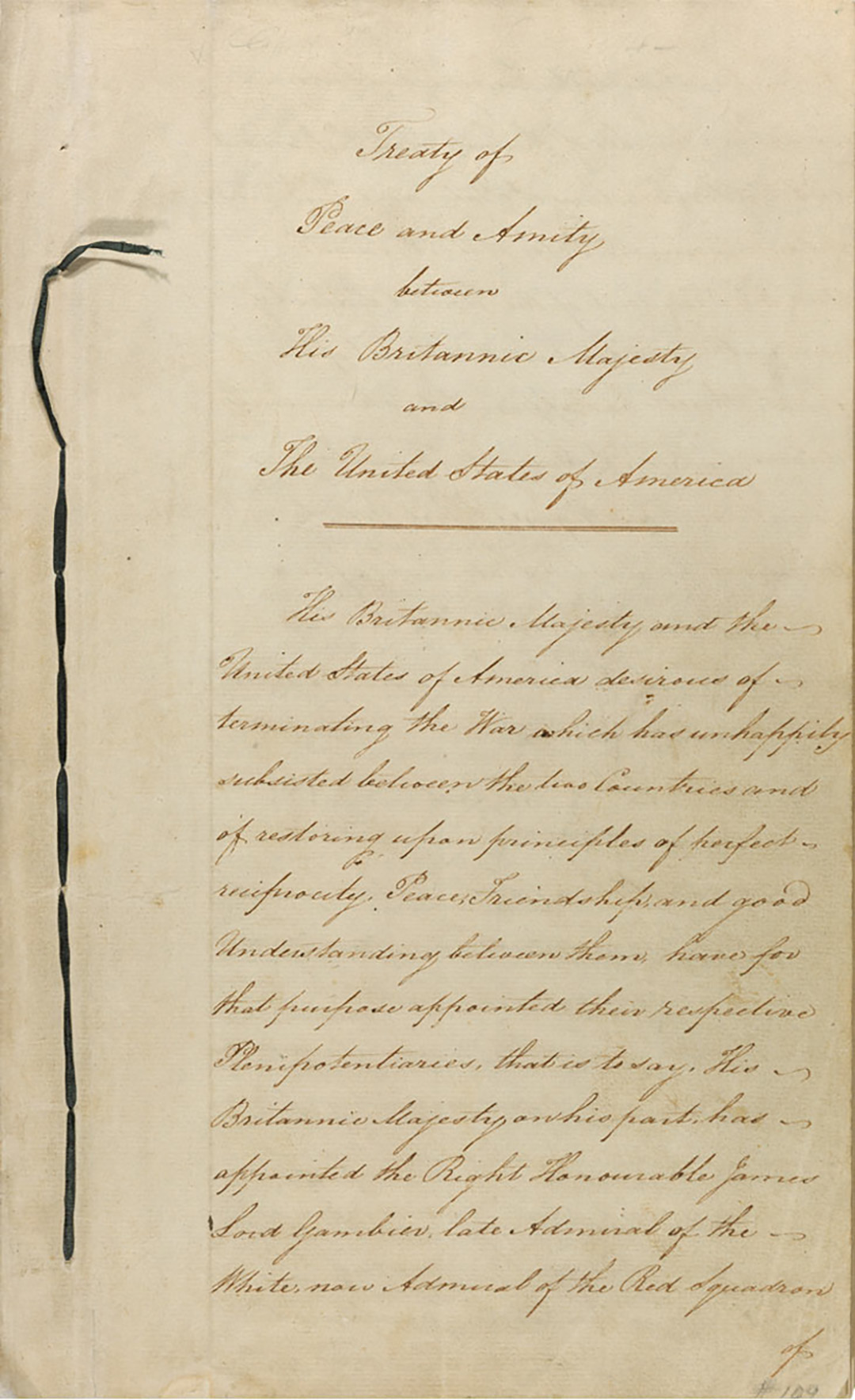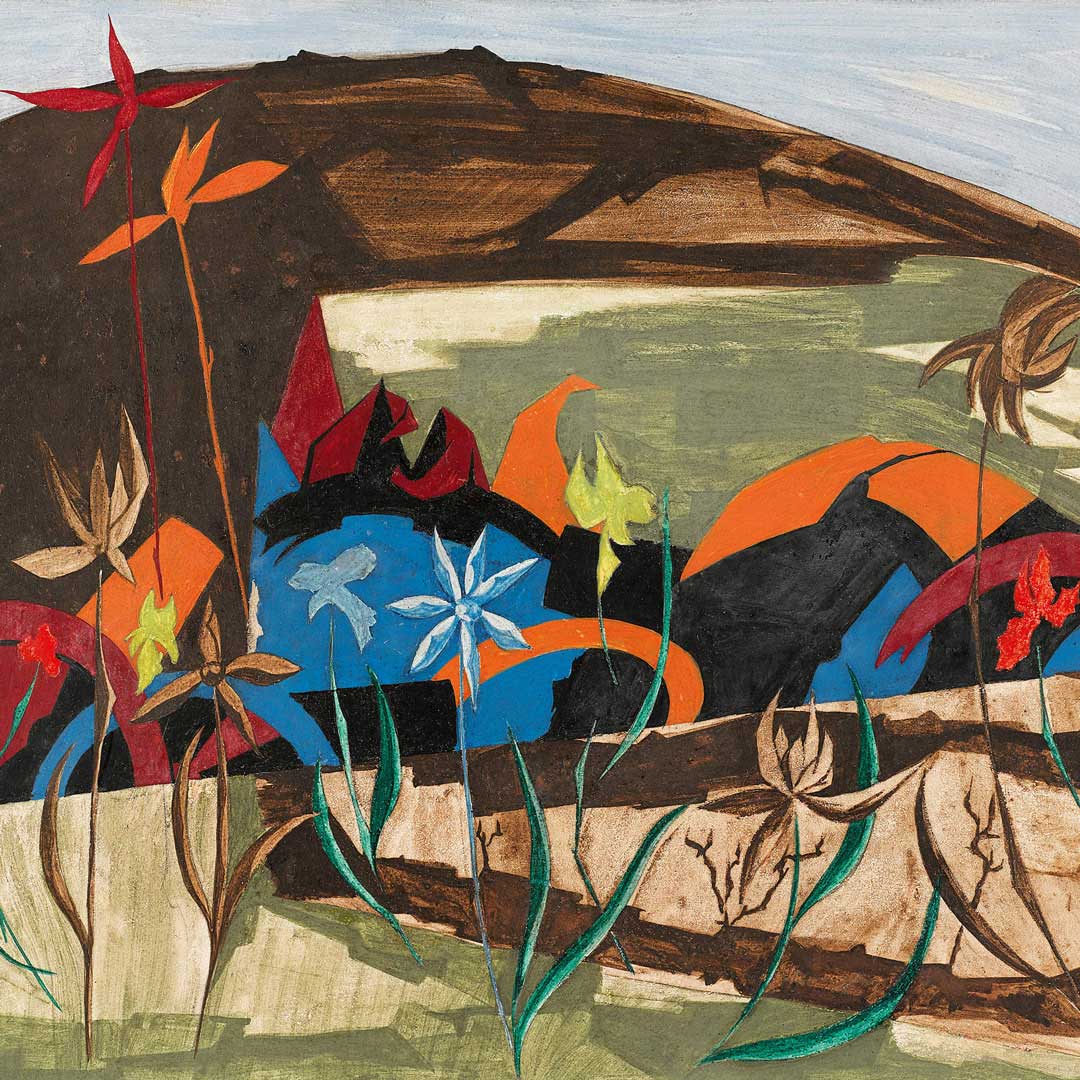
Panel 26
Peace, Panel 26, 1956, Inscription: PEACE (GHENT) 1814–Dec. 24, Jacob Lawrence, from Struggle: From the History of the American People, 1954–56, Collection of Bill and Holly Marklyn, © 2019 The Jacob and Gwendolyn Knight Lawrence Foundation, Seattle / Artists Rights Society (ARS), New York.
